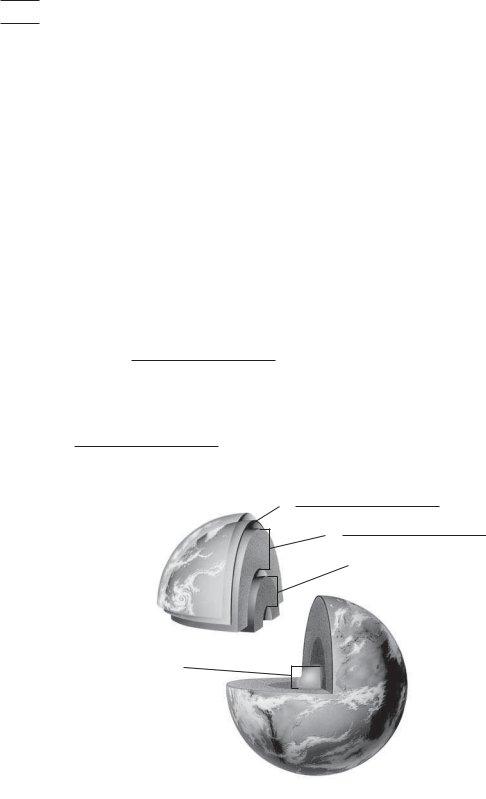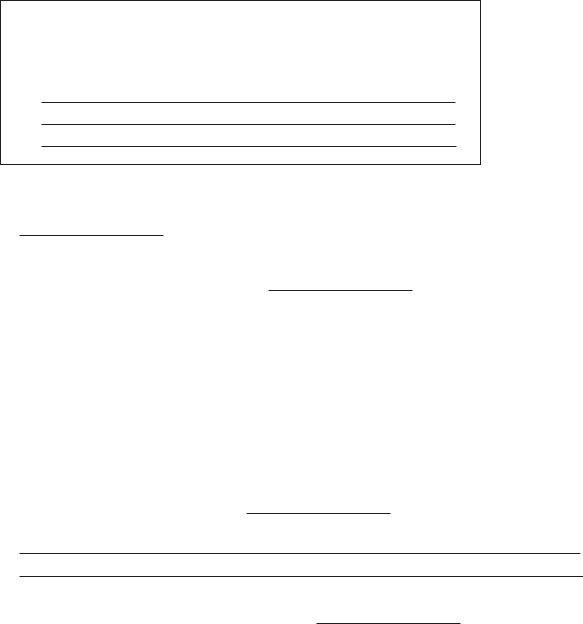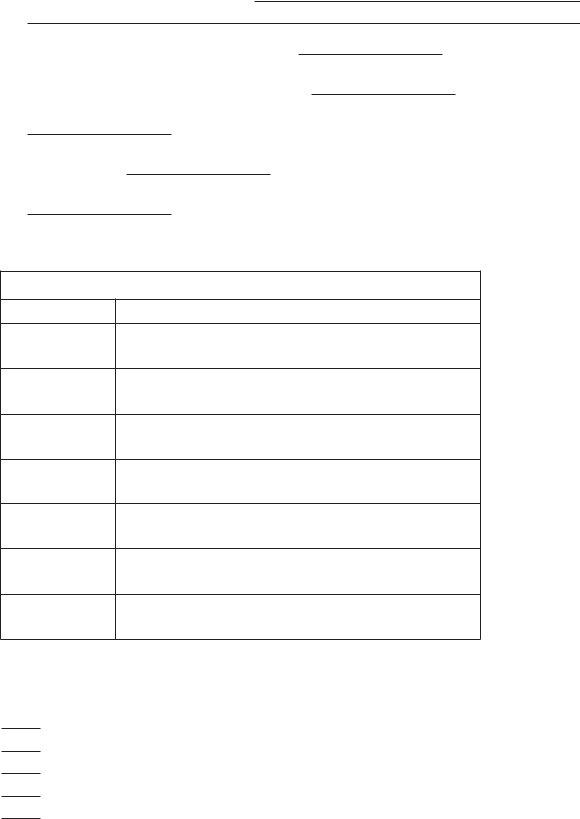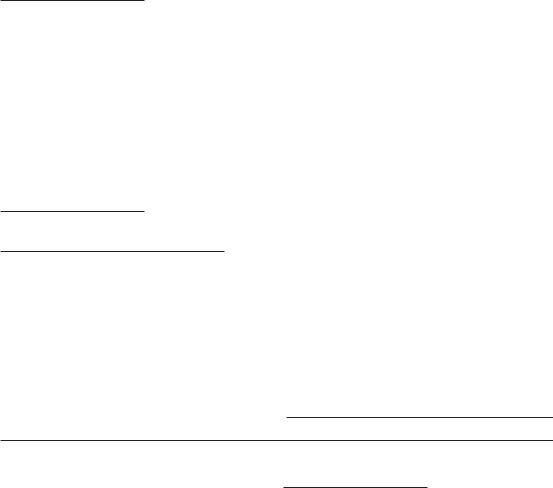Exploring the vast realm of Earth's structure and its components is a thrilling adventure, peeling back layers that narrate the history and composition of our planet. The Section 221 Earth's Structure Sheet, a part of the educational materials provided by Pearson Education, Inc., under Pearson Prentice Hall, serves as a crucial guide in this exploration. This form dives into the intricacies of geology, illuminating the study of Earth, its layers, and the processes that have molded its form over eons. It emphasizes building vocabulary critical for understanding geology, guiding learners through the science that explains Earth’s composition, from the crust to the core. The form intricately describes the crust, mantle, and core, shedding light on the differences between oceanic and continental crusts and the dynamic properties of the mantle and core. Additionally, it extends knowledge into the realm of minerals and rocks, explaining the significance of characteristics like crystal structure, luster, and cleavage. This is further carried into a discussion on the classifications of rocks and the rock cycle, illustrating the continuous transformation processes that define Earth’s dynamic crust. With activities ranging from labeling Earth's layers to matching minerals with their properties, this form not only educates but also engages learners in actively piecing together the puzzle of Earth’s structure.
| Question | Answer |
|---|---|
| Form Name | Section 22.1 Earths Structure Sheet Form |
| Form Length | 6 pages |
| Fillable? | No |
| Fillable fields | 0 |
| Avg. time to fill out | 1 min 30 sec |
| Other names | section 22 1 earth's structure, chapter 22 earth's interior answer key, 22 1 earth's structure answers, chapter 22 earth's interior section 22 1 earth's structure answers |

© Pearson Education, Inc., publishing as Pearson Prentice Hall. All rights reserved.
Name ___________________________ Class ___________________ Date _____________
Chapter 22 Earth’s Interior
Section 22.1 Earth’s Structure
(pages
This section explains what geologists study. It describes the main layers of Earth.
Reading Strategy (page 660)
Building Vocabulary Copy the table on a separate sheet of paper and add more rows as needed. As you read the section, define each vocabulary term in your own words. For more information on this Reading Strategy, see the Reading and Study Skills in the Skills and Reference Handbook at the end of your textbook.
Earth’s Structure
Vocabulary Term |
Definition |
Geologist
Uniformitarianism
Crust
The Science of Geology (pages
1.The study of planet Earth, including its composition and structure is
called |
|
. |
2.Is the following sentence true or false? People who study Earth and the processes that have shaped Earth over time are called geologists.
3.What is uniformitarianism?
A Cross Section of Earth (pages
4.Circle the letters of the major layers of Earth’s interior.
a.crust
b.atmosphere
c.mantle
d.core
5.Scientists divide Earth’s interior into the crust, mantle, and core
based on the |
|
|
. |
|
6. Much of the Earth’s crust is made up of |
|
|
. |
|
Physical Science Guided Reading and Study Workbook |
■ |
Chapter 22 197 |

Name ___________________________ Class ___________________ Date _____________
Chapter 22 Earth’s Interior
Match each type of crust to its characteristics. Each type of crust will have more than one characteristic.
Crust
7.oceanic crust
8.continental crust
Characteristic
a.Averages about 7 kilometers thick
b.Consists mainly of
c.Averages 40 kilometers in thickness
d.Composed mostly of dense rocks
e.Makes up the ocean floor
f.Makes up the continents
9. The layer of Earth called the |
|
is found |
directly below the crust. |
|
|
10.Circle the letters of each sentence that is true about Earth’s mantle.
a.It is the thickest layer of Earth.
b.It is divided into layers based on the physical properties of rock.
c.It is less dense than the crust.
d.It is made mainly of silicates.
11.The lithosphere includes the uppermost part of Earth’s mantle and
Earth’s |
|
. |
12.Is the following sentence true or false? Rock flows slowly in the asthenosphere.
13. |
The stronger, lower part of the mantle is called the |
|
|
. |
|
14. |
The sphere of metal inside Earth is called the |
|
|
. |
|
15.Is the following sentence true or false? The outer core of Earth is liquid.
16.Label the main layers of Earth’s interior in the diagram below.
A.CRUST
B.MANTLE
C. |
OUTER CORE |
|
D. |
INNER CORE |
|
© Pearson Education, Inc., publishing as Pearson Prentice Hall. All rights reserved.
198 Physical Science Guided Reading and Study Workbook |
■ |
Chapter 22 |

© Pearson Education, Inc., publishing as Pearson Prentice Hall. All rights reserved.
Name ___________________________ Class ___________________ Date _____________
Chapter 22 Earth’s Interior
Section 22.2 Minerals
(pages
This section describes minerals and rocks found on Earth and their different properties.
Reading Strategy (page 664)
Outlining Copy the outline on a separate sheet of paper and add more lines as needed. Before you read, make an outline of this section. Use the green headings as main topics and the blue headings as subtopics. As you read, add supporting details. For more information on this Reading Strategy, see the Reading and Study Skills in the Skills and Reference Handbook at the end of your textbook.
Minerals
I. Minerals and Rocks
lI. The Properties of Minerals
A. Crystal Structure
B.
C.
D.
Minerals and Rocks (page 665)
1.A solid combination of minerals or mineral materials is a(n)
.
2.Is the following sentence true or false? A mineral is a naturally occurring, inorganic solid with a crystal structure and a characteristic chemical composition.
3. A material is called |
|
if it is not produced from |
a living thing. |
|
|
4.Circle the letters of sentences that are true about minerals.
a.Within each mineral, chemical composition is nearly constant.
b.Minerals are organic.
c.There are about 4000 known minerals.
d.Minerals are the building blocks of rocks.
The Properties of Minerals (pages
5.Is the following sentence true or false? Minerals such as sulfur can sometimes be identified by color.
6.What could cause two samples of the same mineral to have different colors?
7.Is the following sentence true or false? The color of a mineral’s streak is not always the same color as the mineral.
Physical Science Guided Reading and Study Workbook |
■ |
Chapter 22 199 |

Name ___________________________ Class ___________________ Date _____________
Chapter 22 Earth’s Interior
8.How is a mineral’s streak found?
9.The density of a mineral depends on its
10.Is the following sentence true or false? The hardness of a mineral is the way in which its surface reflects light.
11.To determine the hardness of a mineral, geologists use
tests.
12.Is the following sentence true or false? The fracture of a mineral is how it breaks.
13.A type of fracture in which a mineral splits evenly is called
.
14.Complete the table about the properties by which minerals can be identified.
Minerals and Properties
Property |
Description |
Crystal Structure
The color of a mineral’s powder
Luster
A mineral’s mass divided by its volume
Hardness
How a mineral breaks
Cleavage
© Pearson Education, Inc., publishing as Pearson
Match each mineral to its property.
Mineral
15.calcite
16.Iceland spar
17.magnetite
18.tourmaline
19.fluorite
Property
a.Gives off visible light under an ultraviolet light
b.Becomes electrically charged when heated
c.Refracts light into two separate rays
d.Is attracted by a magnet
e.Easily dissolved by acids
Prentice Hall. All rights reserved.
200 Physical Science Guided Reading and Study Workbook |
■ |
Chapter 22 |

© Pearson Education, Inc., publishing as Pearson Prentice Hall. All rights reserved.
Name ___________________________ Class ___________________ Date _____________
Chapter 22 Earth’s Interior
Section 22.3 Rocks and the Rock Cycle
(pages
This section describes how rocks are classified. It also explains how rocks change form in the rock cycle.
(page 670)
Comparing and Contrasting After you read, compare groups of rocks by completing the table. For more information on this Reading Strategy, see the Reading and Study Skills in the Skills and Reference Handbook at the end of your textbook.
Groups of Rocks
Rock Group |
Formed by |
Example |
Igneous
Sandstone
Heat and pressure
Classifying Rocks (page 670)
1.Circle the letters of the major groups into which rocks are classified.
a. sedimentary |
b. igneous |
|
|
c. calcite |
d. metamorphic |
|
|
2. Scientists divide rocks into groups based on |
|
. |
|
Igneous Rock (page 671)
3. A rock that forms from magma is called a(n) |
|
. |
4.A mixture of molten rock and gases that forms underground is
called |
|
. |
5.What is lava?
6.Is the following sentence true or false? Igneous rock is formed when molten material cools and solidifies either inside Earth or at the surface.
Match each type of igneous rock to its characteristics. Each type of crust will have more than one characteristic.
Igneous Rock |
Characteristic |
|
7. |
intrusive rock |
a. Forms underground |
8. |
extrusive rock |
b. Forms at Earth’s surface |
|
|
c. Has a |
|
|
d. Has a |
|
|
e. Cools quickly |
|
|
f. Cools slowly |
Physical Science Guided Reading and Study Workbook |
■ |
Chapter 22 201 |

Name ___________________________ |
Class ___________________ Date _____________ |
||
Chapter 22 Earth’s Interior |
|
|
|
Sedimentary Rock (pages |
|||
9. The process of |
|
|
breaks down rock at |
|
|
||
Earth’s surface. |
|
|
|
10.When sediment is squeezed and cemented together, rocks are formed.
11.Circle the groups into which geologists classify sedimentary rocks.
a.clastic rocks
b.foliated rocks
c.organic rocks
d.chemical rocks
12.Sedimentary rocks formed from broken fragments of other rocks
are called |
|
rocks. |
|
13.Is the following sentence true or false? Clastic rocks are classified mainly based on the number of fragments they have.
14.Minerals that precipitate out of solution form
.
Metamorphic Rock (page 674)
15.Circle the ways a rock can be transformed into a metamorphic rock.
a.by heat
b.by precipitation
c.by pressure
d.by chemical reaction
16.Where do most metamorphic rocks form?
17.Is the following sentence true or false? Metamorphism can change the mineral content and texture of a rock.
18.Metamorphic rocks with crystals arranged in parallel bands or
layers are called |
|
rocks. |
|
The Rock Cycle (pages
19.Circle the letters of the sentences that are true about the rock cycle.
a.A metamorphic rock that melts and cools to form a new rock becomes an igneous rock.
b.Forces within Earth and at the surface cause rocks to change form in the rock cycle.
c.In the rock cycle, rocks may wear away, undergo metamorphism, or melt and form new igneous rock.
d.The rock cycle is a series of processes in which rocks change from one type to another continuously.
© Pearson Education, Inc., publishing as Pearson Prentice Hall. All rights reserved.
202 Physical Science Guided Reading and Study Workbook |
■ |
Chapter 22 |